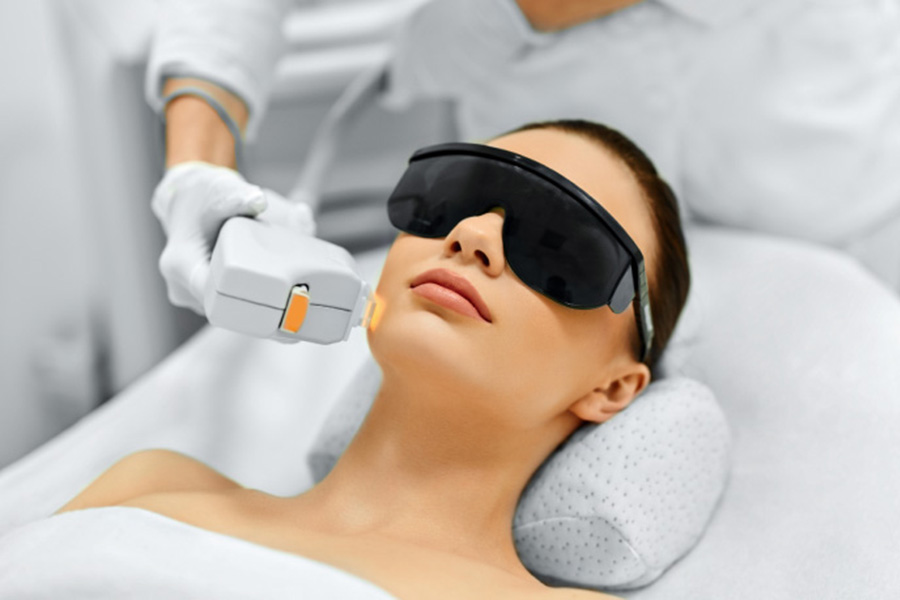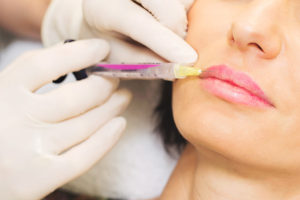Article at a glance
- IPL targets pigmentation at its root by breaking down excess melanin for a more even skin tone.
- It stimulates collagen production, improving skin firmness and reducing fine lines over time.
- IPL effectively treats redness from rosacea and broken capillaries without harming surrounding skin.
- It also offers long-term hair reduction, weakening hair follicles and reducing regrowth with consistent treatments.
How IPL enhances skin tone and reduces pigmentation
Uneven skin tone and pigmentation are common concerns caused by sun damage, hormonal changes, ageing, and inflammation. These often appear as freckles, age spots, or patchy discolouration. While many topical products aim to reduce pigmentation, their effects are usually superficial and slow. IPL treatment stands out because it targets pigmentation below the surface, offering deeper, longer-lasting results without damaging the surrounding skin.
Breaking down excess melanin for a more even complexion
One of IPL’s primary functions is targeting excess melanin in the skin, which causes visible pigmentation such as sunspots, age spots, and freckles. The broad-spectrum light is absorbed by areas with concentrated melanin, where it converts into heat. This heat breaks the pigment into smaller particles, which are gradually removed by the body’s natural processes.
This gradual fading results in a more even and uniform skin tone. IPL is especially effective for treating pigmentation caused by sun exposure, hormonal fluctuations, and other common skin concerns such as post-inflammatory marks. It is widely used in skin clinics to address uneven skin tone and discolouration as part of customised skin rejuvenation treatments. While some dark spots may lighten after the first session, several treatments are typically needed for more stubborn pigmentation.
Boosting collagen for smoother, firmer skin
IPL doesn’t just target pigmentation—it also stimulates collagen production beneath the skin’s surface. The heat generated by the light energy reaches into the dermis, activating fibroblast cells that are responsible for collagen synthesis.
Over time, this increased collagen helps firm the skin, reduce the appearance of fine lines, and improve elasticity. As a result, skin feels smoother and appears more youthful. Unlike topical treatments, IPL addresses these changes at a deeper level, making it a valuable option for those looking to refresh dull or ageing skin without downtime.
Minimising redness and visible blood vessels
IPL is also highly effective in treating redness caused by broken capillaries, spider veins, and rosacea. The light energy is absorbed by oxyhemoglobin, the red pigment found in blood vessels. This causes the vessels to heat up, collapse, and eventually be reabsorbed by the body.
As a result, visible facial redness and flushing gradually diminish over a series of treatments. IPL is a popular choice for individuals with rosacea or chronic redness because it targets vascular irregularities without harming the surrounding skin. At Accent on Skin, many clients begin to notice a more even and calm complexion after just a few sessions.
Key factors to consider before IPL treatment
Sun sensitivity and seasonal timing
- IPL can make your skin more sensitive to sunlight for several days after treatment.
- It’s best to avoid sun exposure before and after each session to reduce the risk of pigmentation or burns.
- Treatments are often recommended during autumn and winter, when UV exposure is naturally lower.
- Always use a broad-spectrum sunscreen (SPF 30 or higher) after IPL treatments to protect the skin.
Common side effects of IPL and how to manage them
- Temporary redness, swelling, or mild irritation are common immediately after treatment.
- Some may experience a slight darkening of pigmentation before it begins to fade.
- Applying a cool compress and using a gentle, hydrating moisturiser can help soothe the skin.
- Avoid hot showers, intense workouts, or harsh skincare products for 24–48 hours post-treatment.
- Most side effects are minor and resolve within a few hours to a few days.
Importance of professional assessment and customisation
Every skin type is unique, and so are the concerns that come with it. That’s why a professional assessment is a vital first step before starting IPL treatment. At Accent on Skin, our expert will evaluate your skin tone, condition, and goals to ensure that IPL is the right option for you.
The settings used during treatment—such as light intensity and wavelength—must be carefully adjusted to suit your individual skin type and needs. A personalised approach helps maximise results while minimising the risk of side effects. Whether you’re treating pigmentation, redness, or facial veins, a customised plan ensures safer, more effective outcomes.
Ready to take the next step? Book your consultation with one of our experienced nurses today.








